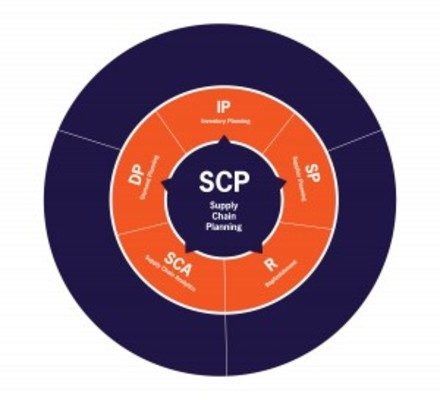Upload your press release
Firms Will Drive $2T a Year in Value from Machine Learning in Supply Chain Management

Not sure about the value of artificial intelligence (AI) and machine learning in supply chain management? Maybe you’ll be compelled by this: Firms will derive between $1.3 trillion and $2 trillion a year in economic value from using AI and Machine Learning in supply chain management and manufacturing.
THE FUTURE OF FORECASTING
The future of forecasting is a binary system of machine learning-driven pricing + supply chain planning intelligence. From eliminating excess inventory and streamlining logistics to strategic price optimization to shape demand and maximize margins, machine learning is the future of supply chain management.
The use of AI and Machine Learning algorithms is transforming a number of areas in supply chain management. There are thousands of examples of what machine learning can do, but here are just a few:
Predict demand for hundreds of millions of products, often as much as 18 months ahead of time. Automating the heavy math of this reduces overstocking and understocking, which traditionally costs companies around $470 billion and $630 billion worldwide, respectively (IHL Group).
Efficiently route and predict the arrival of goods, which can bring down logistics costs by at least 5% and generate an additional profits of $25 billion over the next 10 years (Goldman Sachs).
This is especially valuable in foodservice distribution; grocers and restaurants with cold or perishable items can forecast in what order these goods will arrive at and leave a warehouse, so that pallets can be put in the right position (this can boost efficiency by 20%, reported The Economist).
Automate back-office work, including receiving items, managing finances, paying suppliers, scanning invoices, predicting payments.
Monitor and predict equipment failures using AI-driven sensors and “digital twins” to run simulations of how weather and other factors affect machinery.
And speaking of simulations, companies are using machine learning to proactively test the outcome of price changes across different assortments, channels and locations before a price change is made. Far faster than what humans can do.
This agility helps distributors and retailers minimize disruption and drive significant earnings expansion by allowing them to quickly identify opportunities and jump on price changes for peak margin, profits, revenue and sales.
The latent benefits of a machine learning-based pricing strategy are proven:
“A 1% price increase would yield 22% increase in EBITDA margins, and a 25% uplift in stock price. Moreover, pricing has a disproportionate impact on a distributor’s enterprise value, with an increase of 20% for a 1% increase in price.” – McKinsey & Company
Price optimization goes hand in hand in demand planning, helping wholesalers avoid unwanted surplus, stockouts and surprises. Combining these tools can help you gain the insight to pivot quickly when needed while shaping longer-range sales and operations planning (S&OP), resulting in pricing that’s both competitive and profitable.
https://blueridgeglobal.com/supply-chain-planning-solution-sheet-download/Related Articles
Copyright ©2024. All Rights ReservedDesign, CMS, Hosting & Web Development :: ePublishing